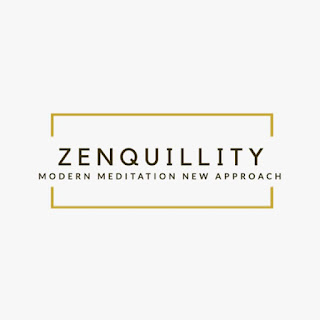LET IT GO!!!
If you are holding on to past hurts and pains .......
LET IT GO!!!
If someone can't treat you right, love you back, and see your worth......
LET IT GO!!!
If someone has angered you.
LET IT GO!!!
If you are holding on to some thoughts of evil and revenge......
LET IT GO!!!
If you are involved in a wrong relationship or addiction.... ..
LET IT GO!!!
If you are holding on to a job that no longer meets your needs or talents
LET IT GO!!!
If you have a bad attitude.... ...
LET IT GO!!!
If you keep judging others to make yourself feel better......
LET IT GO!!!
If we're stuck in the past and our child within is trying to take us to a new level .........
LET IT GO!!!
If you are struggling with the healing of a broken relationship. ....
LET IT GO!!!
If you keep trying to help someone who won't even try to help themselves.. .....
LET IT GO!!!
If you're feeling depressed and stressed ............
LET IT GO!!!
If there is a particular situation that you are so used to handling yourself and Child Within is saying 'take your hands off of it,' then you need to......
LET IT GO!!!
The Ten Stage Meditation
During the next 60 seconds, Stop whatever you are doing, and take this opportunity..
(Literally it is only ONE minute!)
All you have to do is the following:
Ten Stages child within meditation practice.
“our child within has arrived, our child within is home.”
This is so beautiful to say to ourself as we breathe in and out whenever we do walking meditation, for each step encourages our child within to be well and to come home to us. When we walk by a river or in a park, we can recite to ourself:
In-breath: “Our child within has arrived.”
Out-breath: “Our child within is home.”
Through the practice of being present, we will use our conscious breath and concentration to heal, simply by welcoming our child within home. We are capable of arriving in every moment, whether it’s in sitting meditation, walking meditation, mindful eating. It’s necessary to cultivate the internal energy of Kindfulness before stopping and looking deeply into what caused the trauma. The practice of being in the moment nurtures that strength, and it provides the clarity and lucidity needed to put to rest the ghosts of the past and the ghosts of future anxiety.
In-breath: “Our child within has arrived.”
Out-breath: “Our child within is home.”
Meditation of understanding for our child within
Meditation to focus on the recovering child within is based on compassion. This meditation nurtures the child within wonderfully and at the same time nurtures our adult being. Prepare for meditation by sitting comfortably with the spine erect. Bring our concentration to the in-breath and the out-breath. After ten or twenty breaths, whenever we feel calm and stable, bring each of the components—love, compassion, joy, equanimity—into yourself, the adult being. The next sequence provides a concentration to water the seeds of Love, Compassion, Joy and Equanimity within our child within.
In-breath: “We bring Loving Kindness”
Out-breath: “to our child within.”
We can say a loving -kindness name for our child within if we wish. Say silently, “Dear ...” or “Darling....” Feel the energy of love fill us from top to toe and register with the energy for several breaths. Then continue in the same way with:
In-breath: “We bring compassion”
Out-breath: “to our child within.”
In-breath: “We bring joy”
Out-breath: “to our child within.”
In-breath: “We bring autonomy”
Out-breath: “to our child within”
Conclude the meditation by once more bringing love, compassion, joy and equanimity to our adult being. The concentration on these four qualities is an incredibly powerful instrument for healing our children within.If we gather together all the virtuous actions we have realised in this world, they are not equal to practicing kindfulness meditations… If we collect together all the light from the stars, it will not be as bright as the light of the moon. In the same way, practicing kindfulness
















